Since it is almost holiday and most of the students already left to enjoy the summer, I have some more time to add content to the website.
I started with some more theory about passive filters, voltage dividers and some better graphics to explain the opamp circuits that I use quiet often. Also some complete oscillator circuits and amplifiers. Hope you can use the examples in your own work. Something like this for example:
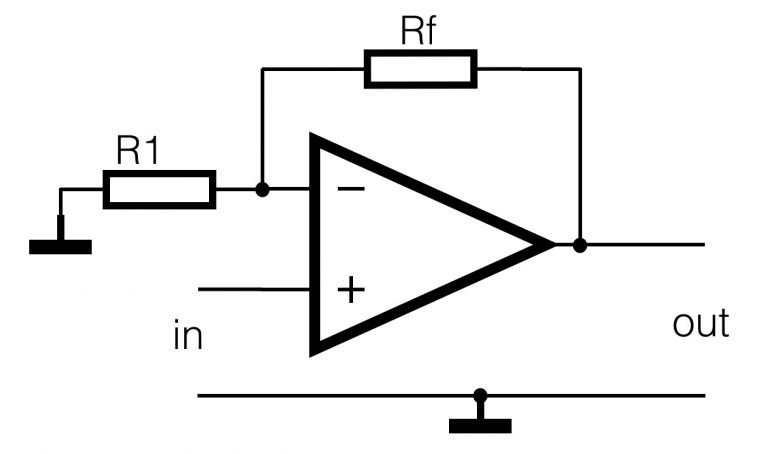
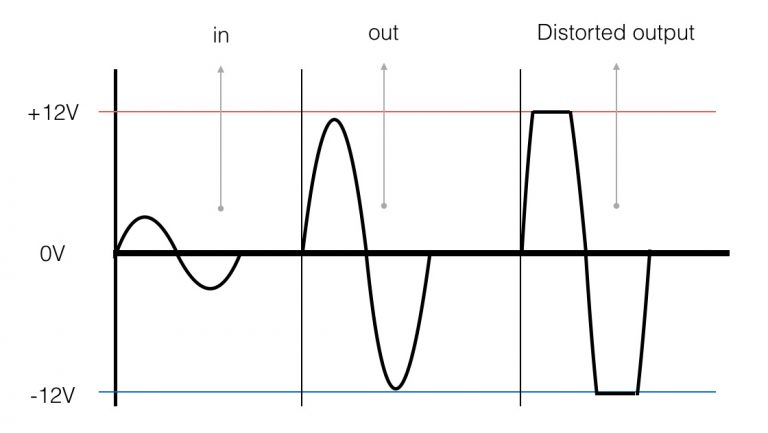
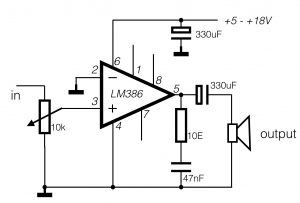
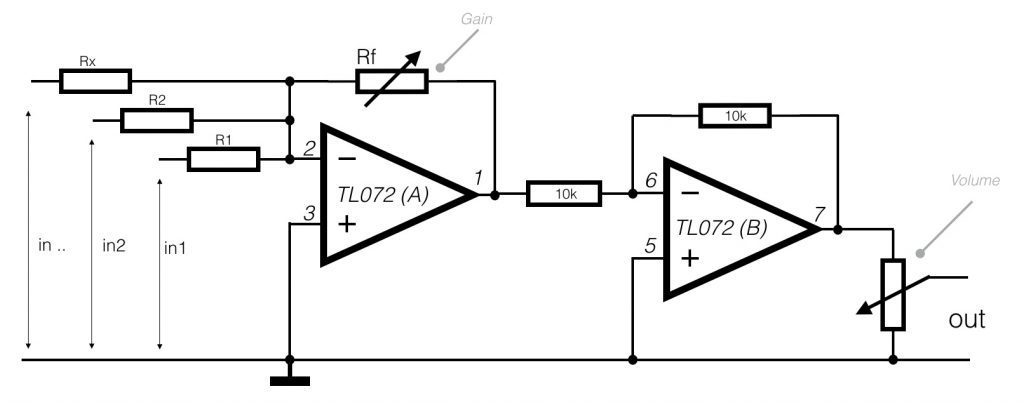
I will explain about the amplification of small signals with opamps.
and I added some nice oscillator circuits and more theory
It is still not finished (when will it ever be;-)) but it’s a start.
Have a nice summer!

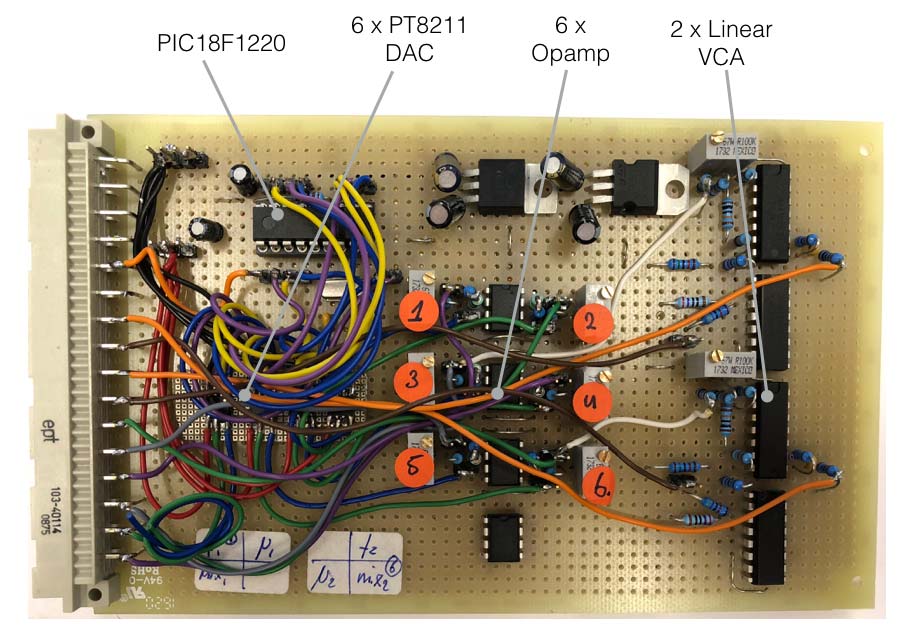
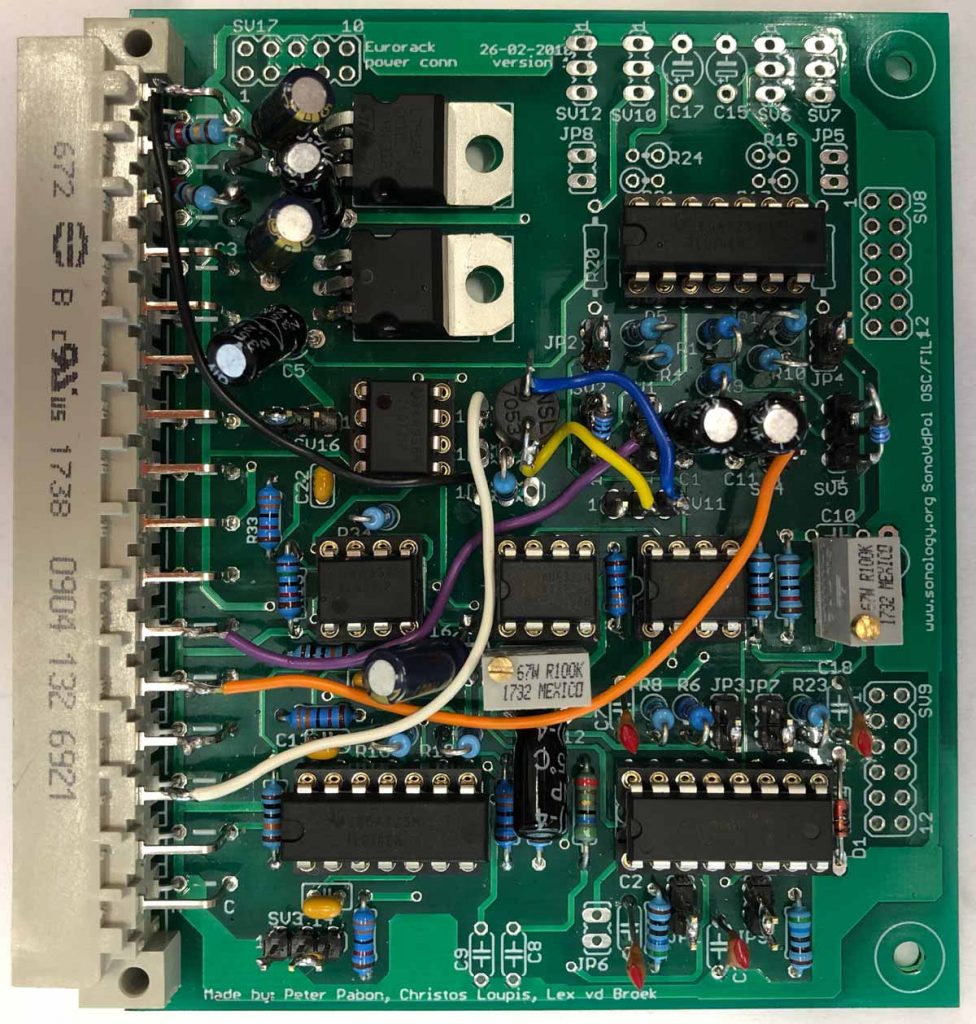
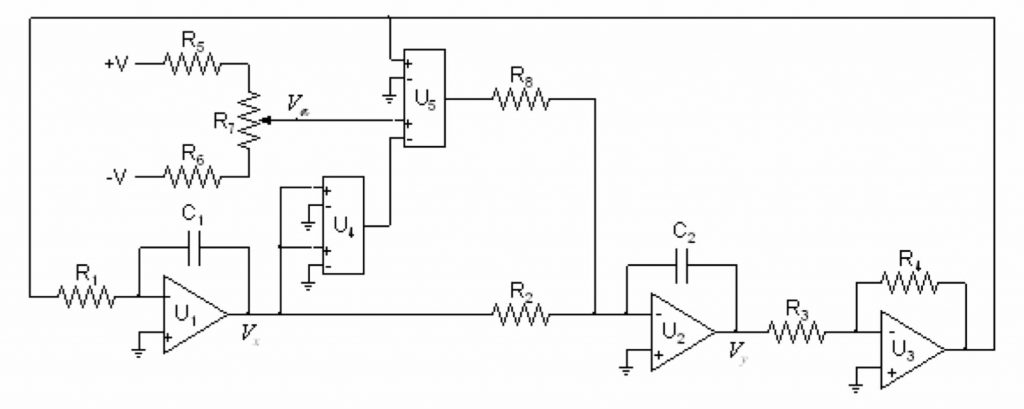
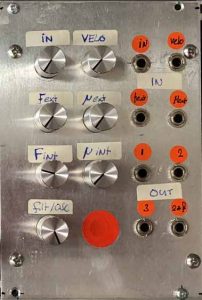
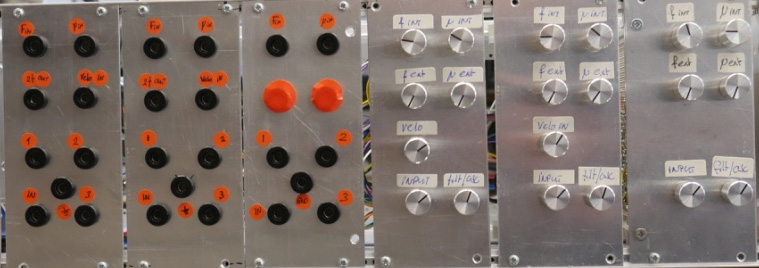
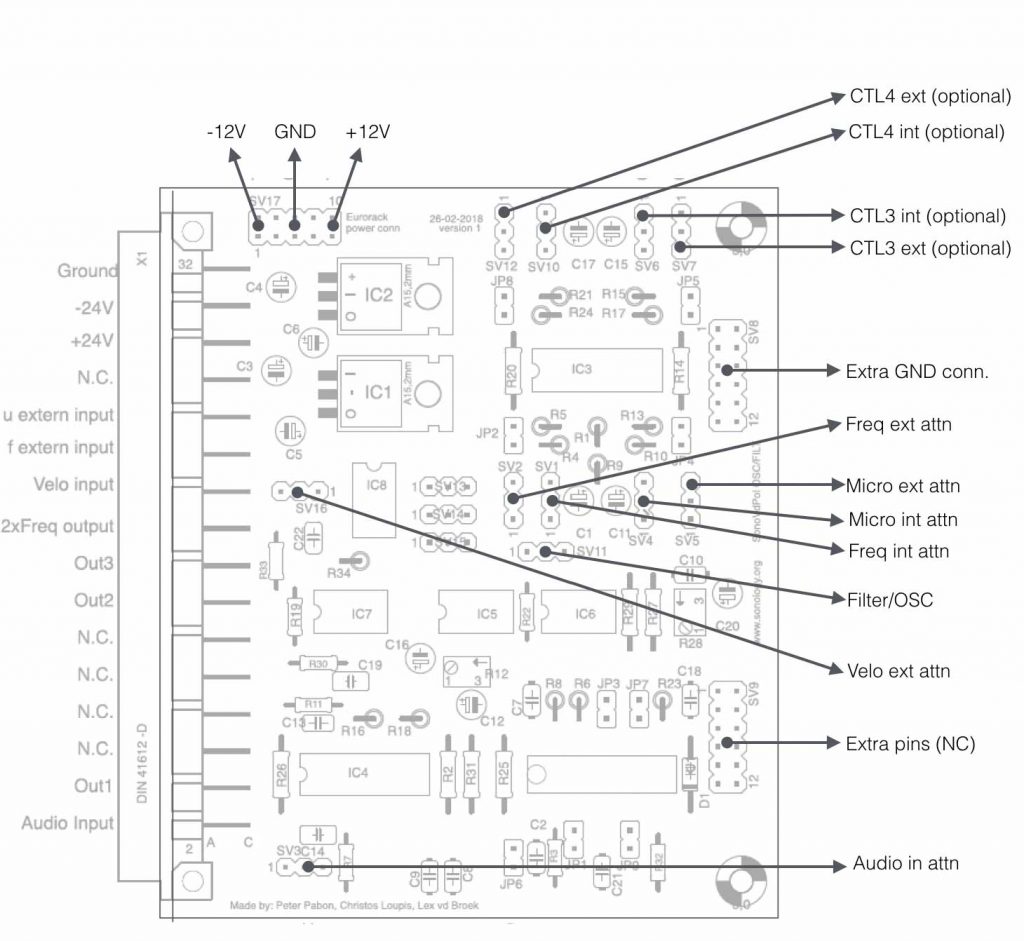
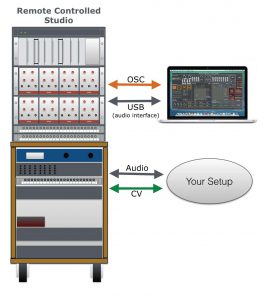 Friday 9th of February, I introduced students to the world of the Remote Controlled studio during a 2 hour session at Sonology studio Bea-6. It was an introduction lesson in how to use the RC-studio and how communication can be setup with OpenSoundControl messages (OSC).
Friday 9th of February, I introduced students to the world of the Remote Controlled studio during a 2 hour session at Sonology studio Bea-6. It was an introduction lesson in how to use the RC-studio and how communication can be setup with OpenSoundControl messages (OSC).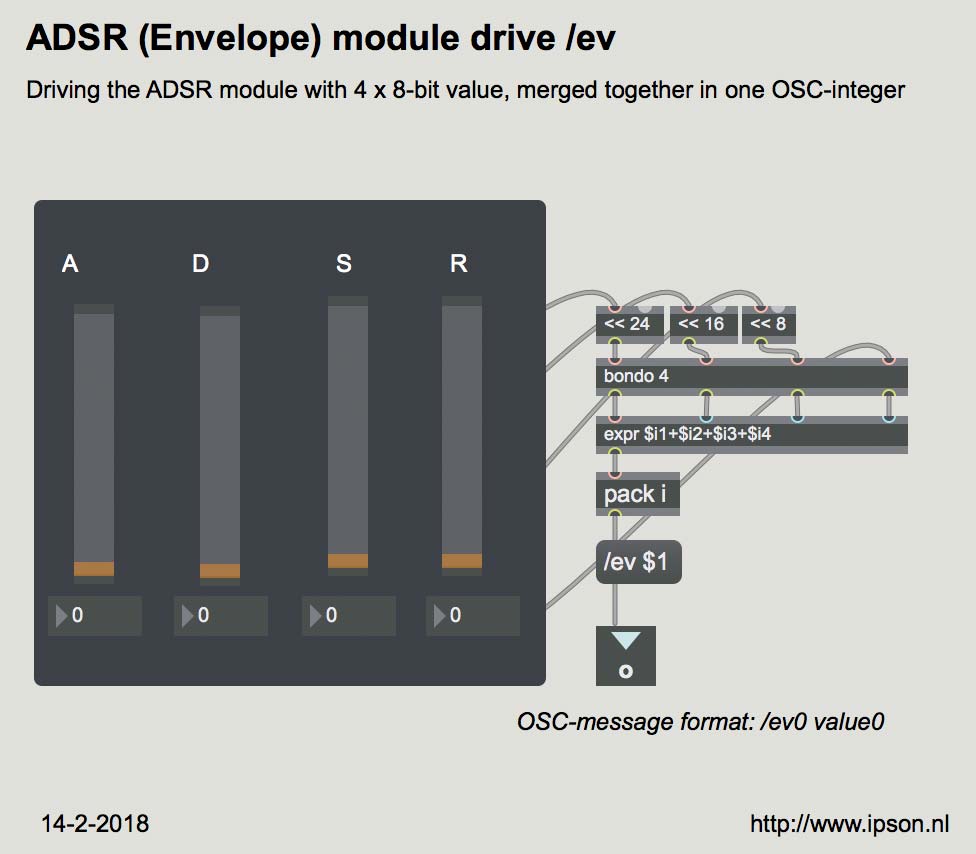
 After 4 years of hosting the Ipson webiste with Joomla 3.x, the amount of work for updating the website to a newer version of Joomla would have been too much (in my opinion).
After 4 years of hosting the Ipson webiste with Joomla 3.x, the amount of work for updating the website to a newer version of Joomla would have been too much (in my opinion).